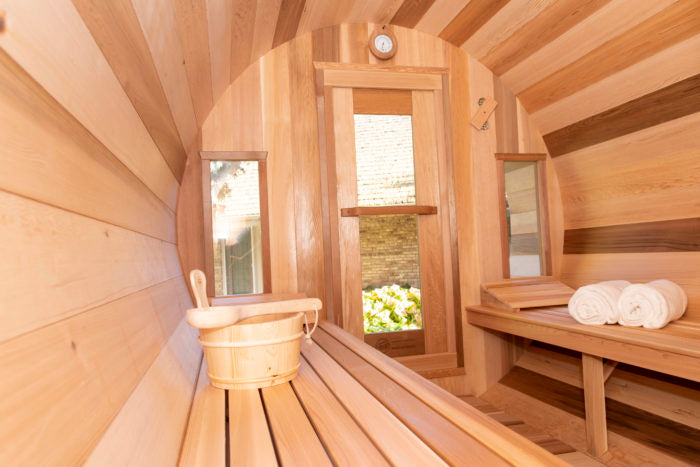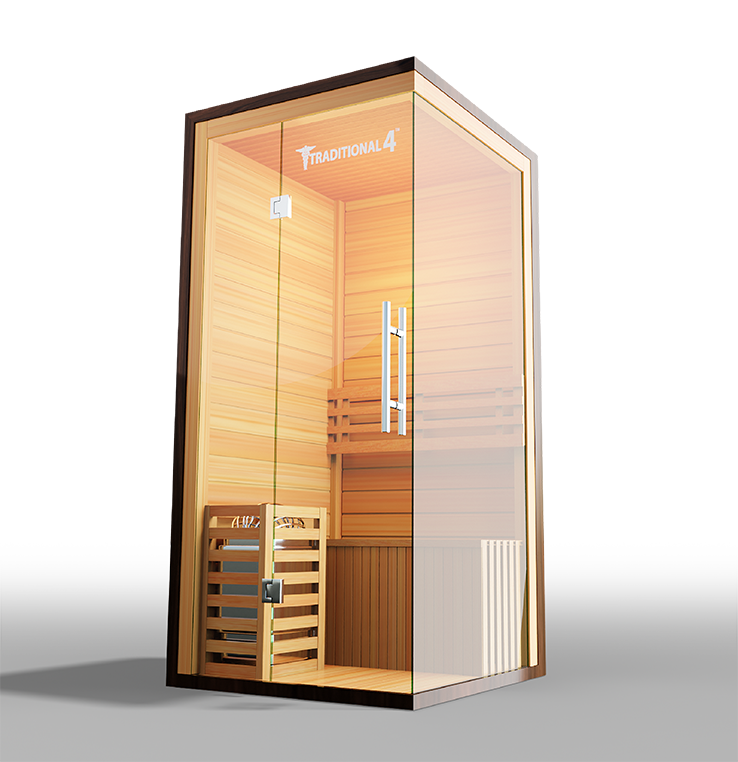Getting The Traditional Sauna To Work
Getting The Traditional Sauna To Work
Blog Article
How Traditional Sauna can Save You Time, Stress, and Money.
Table of ContentsSome Ideas on Traditional Sauna You Need To KnowThe Best Guide To Traditional SaunaSome Ideas on Traditional Sauna You Should KnowGetting My Traditional Sauna To WorkThe 5-Minute Rule for Traditional Sauna
A lot of the weight lost in a sauna is water loss and is re-gained upon rehydrating. Without a question sauna can be a crucial part of a healthy weight loss program. To check out the differences between conventional and IR saunas, I will separate these into verifiable, academic, and made distinctions.Hence, the best factor in the saunawhich is at the ceiling directly above the sauna heateris commonly between 185 and 190 F. Claims that a standard sauna exceeds 200 F is merely not real and not applicable for electric saunas marketed in the United States. The temperature level for a far-infrared sauna is normally set between 120 and 140 F; however, unlike the traditional sauna, the objective in and IR area is not to accomplish a high temperature level.
As a result of this, the temperature distinction is nearly pointless, because profuse sweating results in both sauna kinds, however the method of warming the body is various. In an IR sauna the bather will really feel warm and will sweat a lot, however at much reduced temperatures. Traditional Sauna. Thus, if the objective is to spend longer periods of time in the sauna, the IR sauna is an excellent option

How Traditional Sauna can Save You Time, Stress, and Money.

When the high temperature is accomplished, the aspects cycle on and off to preserve the high temperature level. Traditional Sauna. The majority of traditional sauna users delight in pouring water over the rocks to produce vapor to elevate sauna moisture degrees. The advantages of putting water over the rocks consist of: making the space a lot more comfy, dampening the nasal passages, and enabling the use of aromatherapy by mixing vital oils with the water
In a far-infrared sauna, the warm waves permeate the body to efficiently heat up the body and raise the body core temperature. To achieve this increased temperature, Far-infrared emitters produce infrared energy which is close to the same wavelength as that which the body naturally emitsoften described as the "Vital Range" of 7 to 14 microns), so the power is well obtained by the body.
When the power enters the body, it causes the body temperature level to raise and get more inevitably causes sweating. In an infrared sauna it is very important for the emitters/heaters to stay on nearly regularly. Considering that there is no mass of rocks to keep heat, the sauna will certainly cool down if the emitters turned off.
Traditional Sauna - Questions
As discussed over, the sauna bather in an infrared space wishes to place himself in front of running emitters to get optimal benefit from the warmth. The heating time for both spaces can be very various, depending upon exactly how the areas are made use of. For a typical sauna, a bather must allow 30-40 mins for the room to accomplish a wanted temperature and to effectively pre-heat the rocks.
A well built sauna will commonly achieve a temperature of 150-160 F in regarding 30-40 minutes. For hotter temperatures, the space might require to heat for a longer period.

Standard saunas have a tendency to be bigger (for this reason utilize more electrical energy) than infrared saunas, although standard saunas are definitely offered in one and two person dimensions too. For a two-person conventional sauna, 5x6 or 5x7 size is most preferred. The top bench can conveniently seat 2 or 3 people and is additionally enough time to lie down throughout the sauna session.
Some Known Facts About Traditional Sauna.
The ordinary expense per kWH of electricity in the united state is approximately $0.11 - Traditional Sauna, so a his explanation 4.5 kW heating system will set you back about $.50 to run for one hour, if the heating system runs continuously for one hour. Generally a sauna heating system will run for 75% of the initial hour and 50% of subsequent hours on considering that the elements cycle once the set temperature level is achieved
A two individual far-infrared area is typically literally smaller sized than a standard sauna, often concerning 4' x 4' or smaller sized. The IR heating system is usually 1.5-1.7 kW making use of a 120 volt 15 amp plug-in service. Because the space can be made use of sooner than a sauna space, we will certainly think the area is used for to of an hour including warm up time.
There is a rarely reviewed distinction in the social experience between the two spaces. While our society has lost a few of the social benefit of the standard sauna experience, it why not try this out can be really socially gratifying. From household time in the sauna, to heart-felt discussions with substantial others, to sauna partiesthe typical sauna experience can bring about intimate mingling.
The Ultimate Guide To Traditional Sauna
Many higher end infrared areas consist of colored light treatment, noise systems and full-glass fronts.
Report this page